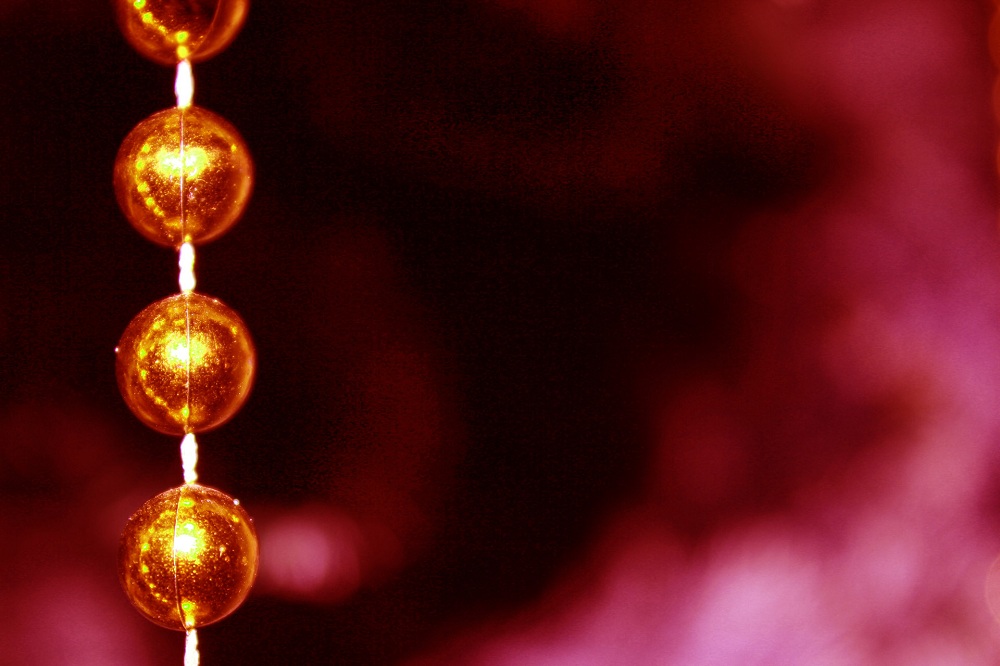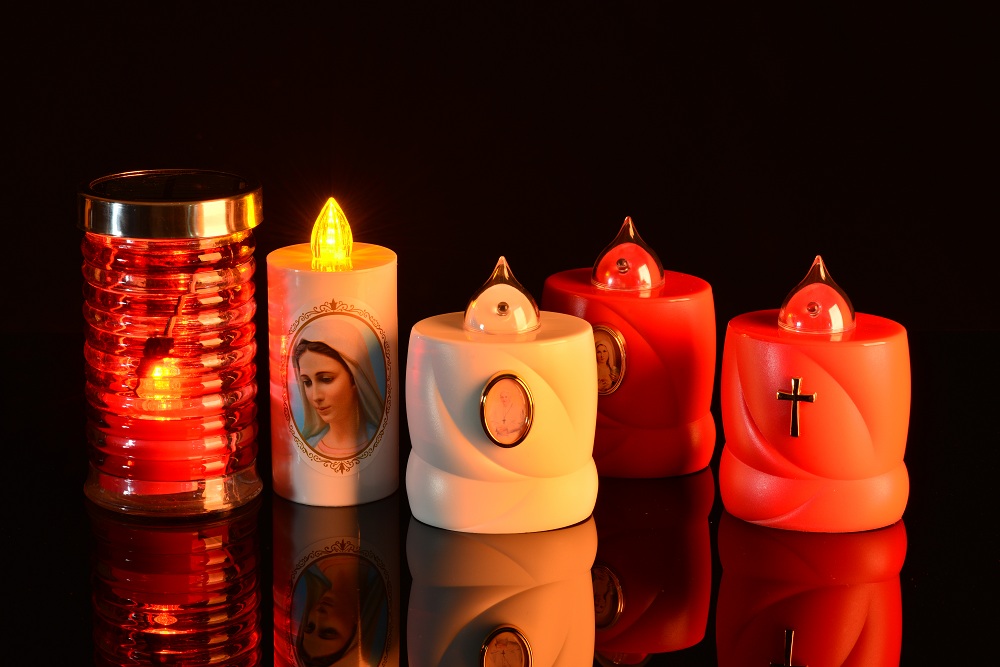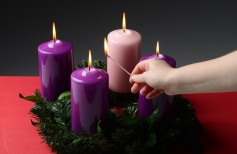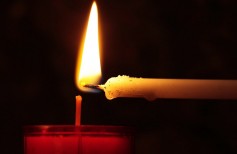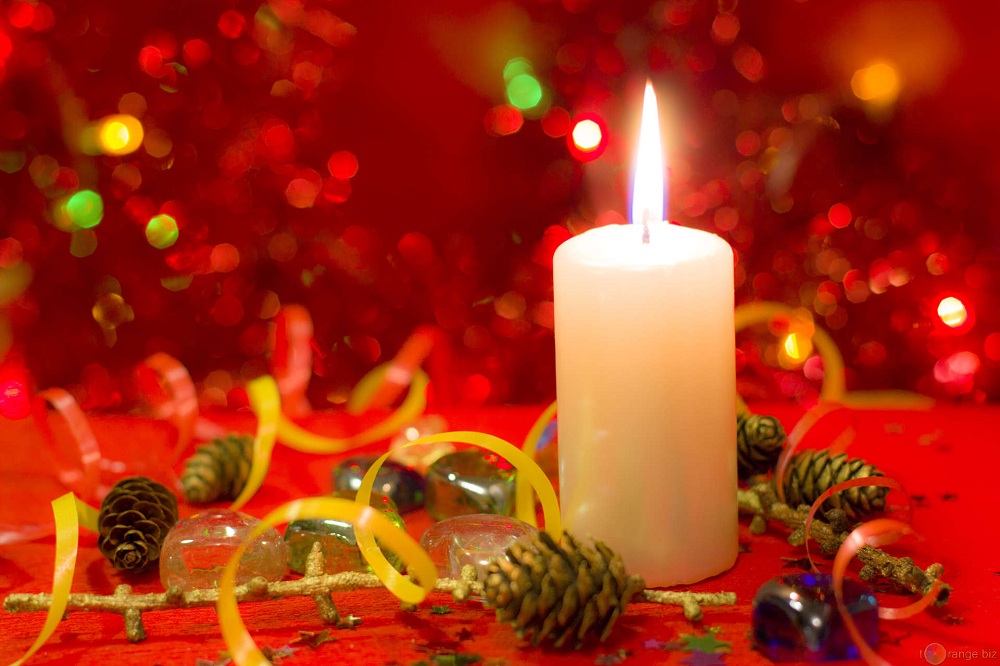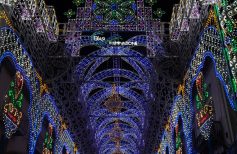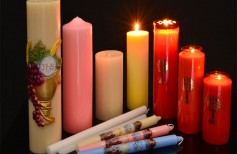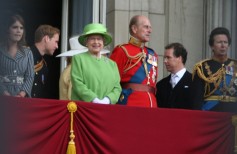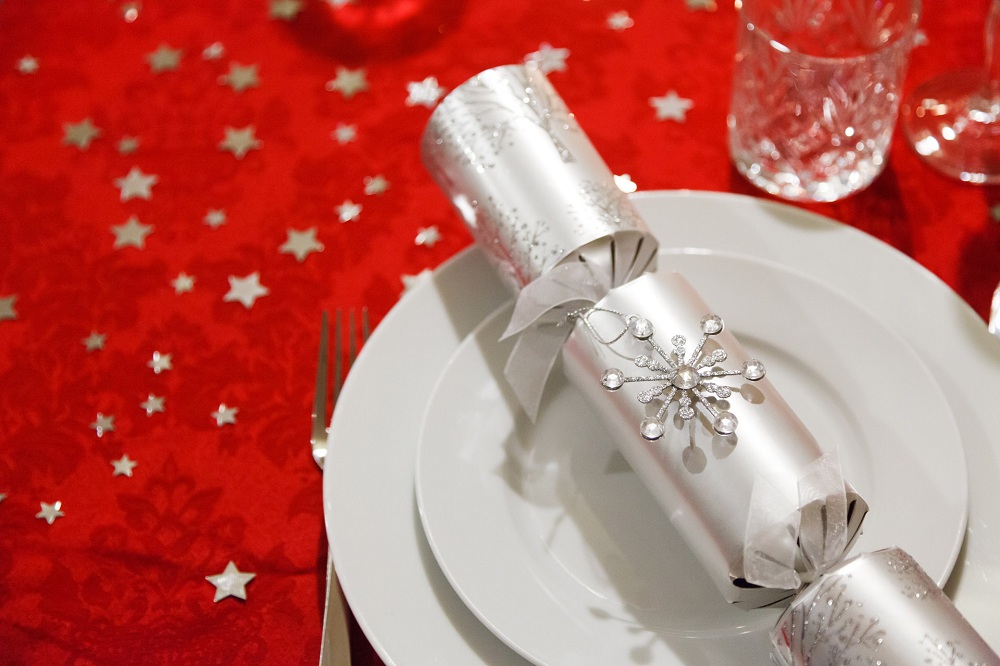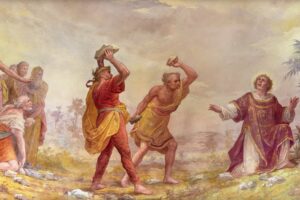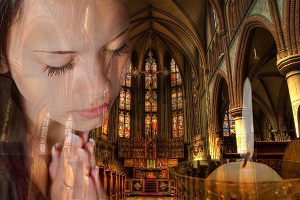In Christian religion, light has always had a very important symbolic meaning. That is demonstrated by the fact that it was used since the origins of fire during celebrations, and also by the fact that the use of candles spread not only as a source of lighting in churches, but as votive offers and as elements that are strongly connected to the most meaningful events of a devotee’s life.
Under that point of view, the tradition of decorating the house with luminaries during Christmas holidays acquires a value that goes beyond the simple beauty, the mere desire to astosnish your neighbours with a display of colored and flickering lights.
A house, covered in flickering bulbs that create intermittent light games and brighten up the dark of night, becomes a magical place, some kind of reference point not only for the family living in there, but also for those looking at it while passing by. Decorating the outdoor of a house with colored lights is a gift for the whole neighborhood, a joy to be shared, as if all the people who live in that house wanted to share the atmosphere of joy, happiness and warmth typical of Christmas also with their neighbors.
Christmas luminaries have the special power to make everyone feel like kids again. One just cannot be indifferent when watching the shiny lights chasing each other during the foggy and cold nights before Christmas. Light triumphs during holiday nights, chasing bad thoughts, worries and fears away. It brings comfort and joy in the Ultimate Holiday, welcoming anyone who stops to admire its movements and colors in its joyful embrace. All of a sudden, even cold seems less intense, the night less dark, as if a swarm of little luminescent fairies decided to chase each other around the terraces railings, among the branches of the trees in the gardens, through the spruce canopies and the holly berries decorating doors and windows. It really is holiday, for everyone.

